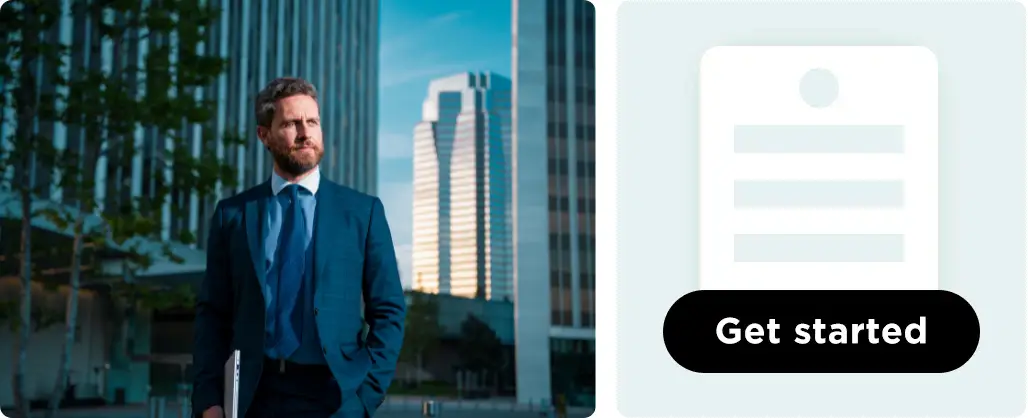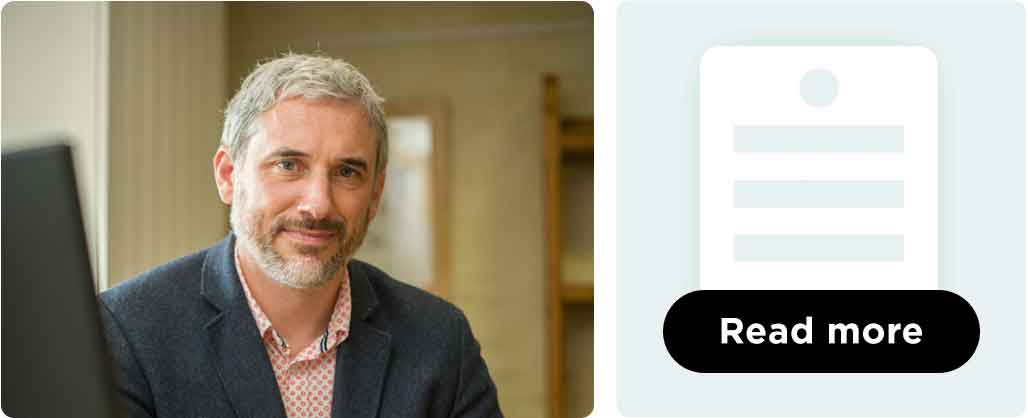Introduction: Insomnia—The Hidden Saboteur of Success
Amidst the hustle to climb the career ladder, high performers often pay a steep price: quality sleep. The pressure to perform, round-the-clock emails, and always-on digital devices result in many UK professionals suffering from chronic insomnia. What most don’t realise is that sleep isn’t just a passive “reward” for the day’s work—it’s the invisible pillar of sustainable achievement, clear thinking, and emotional stability.
If you’ve tried “just switching off” and failed, you’re not alone. The good news? Cognitive Behavioural Therapy for Insomnia (CBT-I) offers science-backed strategies not only to fix your sleep, but also to interrupt the vicious cycle of stress, exhaustion, and burnout common in high-pressure careers.
Why High-Achievers and Executives Struggle with Sleep
Highly demanding jobs mean:
- Increased mental arousal: Racing thoughts about tomorrow’s decisions.
- Irregular hours & travel: Disruptions to natural circadian rhythms.
- Perfectionism: Believing productivity “should” extend into the night.
- Digital technology: Blue light from screens suppresses melatonin, the sleep hormone.
The Performance-Sleep Paradox
Ironically, those who depend most on peak performance are often the ones who neglect sleep. Chronic insomnia leads to:
- Decreased cognitive sharpness (the “fog”)
- Mood volatility and irritability
- Higher risk of workplace mistakes and relationship conflict
- Greater susceptibility to burnout, anxiety, and depression
Studies from the UK’s Sleep Council report that 35% of professionals regularly wake up feeling unrefreshed, while sectors like finance and healthcare report insomnia rates twice the UK average.
The Science of Sleep: Why Your Brain Needs It
Sleep architecture refers to the stages and cycles—light, deep, and REM sleep—that restore the mind and body.
- Deep sleep = physical repair, immune function, hormone regulation.
- REM sleep = emotional processing, memory, and creativity.
Repeated sleep deprivation deteriorates your “sleep architecture”—leaving you stuck in light, non-restorative sleep (or lying awake for hours).
What is CBT-I? How It Outperforms Sleeping Pills
Cognitive Behavioural Therapy for Insomnia (CBT-I) is the gold standard treatment, recommended by the NHS and the British Sleep Society. Unlike medication, which only dulls symptoms, CBT-I addresses the cycle of poor sleep by rewiring thoughts, behaviours, and environments that sabotage rest.
Studies show:
- 70–80% of insomniacs see meaningful improvement with CBT-I
- Benefits are long-lasting, without dependence or side effects
Key Elements of CBT-I for High-Pressure Careers
-
Sleep Education
Understand the biological need for sleep and the cost of “push-through” culture. Recognise:
- You can’t force sleep—trying harder increases hyperarousal.
- Quality > quantity (sleep efficiency is the priority).
-
Stimulus Control
Associate your bed only with sleep and intimacy.
- Go to bed only when sleepy—not by the clock or after “one last email”.
- If unable to sleep after 20 minutes, leave the bedroom and do something relaxing (dim lights, calming music).
- Avoid blue light and technology in bed.
-
Sleep Restriction Therapy (Counterintuitive but Proven)
- Limit time in bed to actual average sleep time (e.g., if you sleep 5 hours/night, restrict “bedtime” to 5 hours).
- Gradually increase opportunity as sleep consolidates.
- Your brain (over a few weeks) starts rebuilding robust, restorative sleep cycles.
-
Cognitive Restructuring
Challenge insomnia-fuelled thoughts:
- “If I don’t get 8 hours I’ll fail at work”—Is this always true? Have you coped before?
- “I must work on this project until it’s perfect”—Does this deliver results or diminish your sharpness?
-
Circadian Rhythm Hacking
- Maintain a consistent wake-up time—even on weekends.
- Maximise natural light in the morning, minimise artificial light at night.
- Eat and exercise on regular schedules to synchronise body clocks.
Restoring Sleep Architecture: Step-by-Step Guide
-
Audit Your Sleep Habits
- Track bed and wake times, screen use, caffeine/alcohol.
- Notice where habits diverge from good sleep hygiene.
-
Install an “Evening Shutdown” Routine
- 30–60 minutes before bed: dim lights, close work devices, read or relax.
- Create “buffer activities” between work and rest (shower, gentle stretching, journaling wins of the day).
-
Bedroom Optimisation
- Pitch-dark curtains, cool temperature, no intrusive light/noise.
- Remove all work materials and electronics.
-
Morning Exposure
- Get outside or by a bright window within 30 minutes of waking.
- This locks your circadian rhythm and makes it easier to fall asleep 16–18 hours later.
-
CBT Thought Record
- When anxiety or rumination keeps you awake, write down the thought and rate its intensity.
- Challenge: “What evidence is there that my worst fear will materialise?”
- Replace with a balanced, calming thought.
The Performance-Sleep Paradox: How “Less” is “More”
Many high-performers believe sacrificing sleep is a badge of honour.
The reality:
Regular, sufficient sleep actually:
- Increases reaction time, judgment, and creative thinking
- Improves emotional stability (less “snapping” at colleagues)
- Lowers sick-leave and burnout rates
A Harvard Business Review study found executives who improved sleep with CBT-I had:
- 25% higher productivity
- 21% faster decision-making
- 34% enhanced team leadership ratings
Overcoming Common CBT-I Roadblocks in High-Pressure Jobs
- “I don’t have time for sleep rituals.”
Start with just ten minutes of pre-bed wind-down; the productivity payback is higher than late-night work. - “I wake up at 3am worrying about work.”
Use stimulus control: get out of bed, do something calm, and return only when sleepy. Write down worries and schedule time to address them tomorrow. - “My schedule is unpredictable.”
Prioritise consistency when you can (especially getting up at the same time), and use jet-lag strategies (light, exercise) to recalibrate quickly.
Case Study: Transforming Executive Sleep with CBT-I
James, a senior partner at a London legal firm, was waking exhausted after five hours’ sleep and relying on late-night work sprints to “get ahead”. After CBT-I coaching:
- Dropped late-night emails
- Installed a firm ‘shutdown’ time
- Practised sleep restriction and cognitive restructuring
Result:
- Within two months, slept 6.5–7 restful hours nightly
- Noticed “sharper edge and patience”, reduced team friction, and higher job enjoyment
Going Further: Digital Hygiene for the Always-On Era
- Use “Night Shift” features and blue-light filters after 8pm.
- Put devices out of the bedroom entirely.
- Schedule a “tech-free” hour for wind-down (reading, music, conversation, or meditative practices).
Creating a Culture that Values Sleep
Leaders must model, not just preach, new sleep-friendly behaviours:
- Avoid “hero worship” of all-nighters or presenteeism.
- Discourage late-night communications unless urgent.
- Provide access to CBT-I resources or sleep training for staff.
Further Help & Resources
- NHS – How to Get to Sleep
- British Sleep Society
- Books: Why We Sleep by Matthew Walker, The Sleep Book by Dr Guy Meadows
For persistent insomnia, consult a qualified sleep specialist or CBT-I therapist (see BABCP for UK-accredited professionals).
Conclusion: Make Rest Your Competitive Edge
If you’re in a high-pressure career, reclaiming your nights isn’t selfish – it’s strategic.
CBT-I offers a pathway not only to restful sleep, but to renewed clarity, stamina, and true sustainable success.
Start small:
- Prioritise wind-down rituals
- Challenge unhelpful work-and-sleep myths
- Anchor your schedule to healthy circadian cues
Your ambition deserves to be fuelled by clear, rested thinking—not eroded by chronic exhaustion. The real edge is not working more, but sleeping better.










